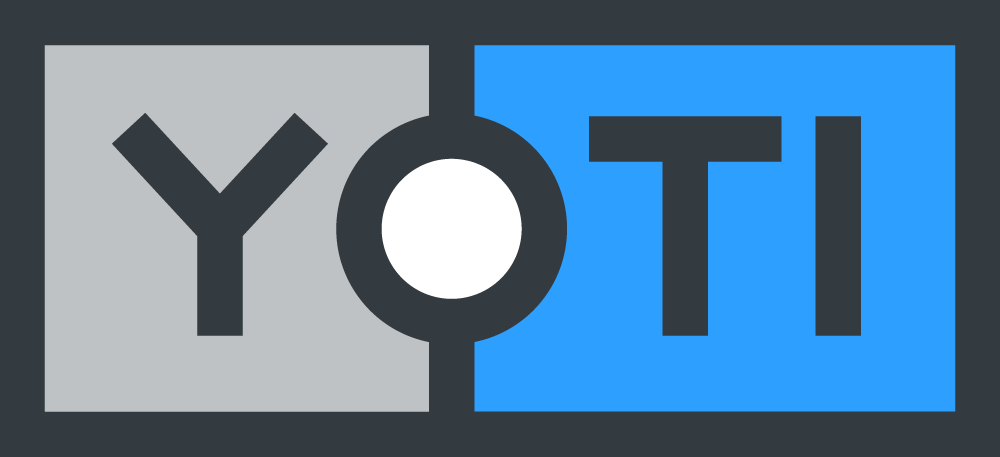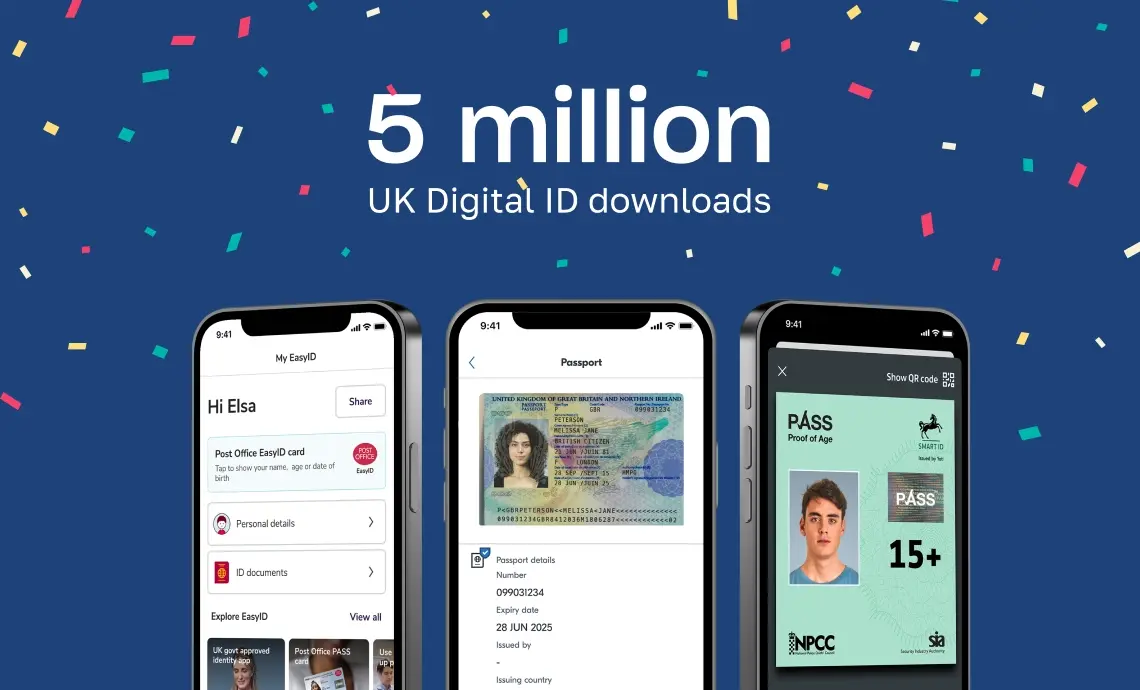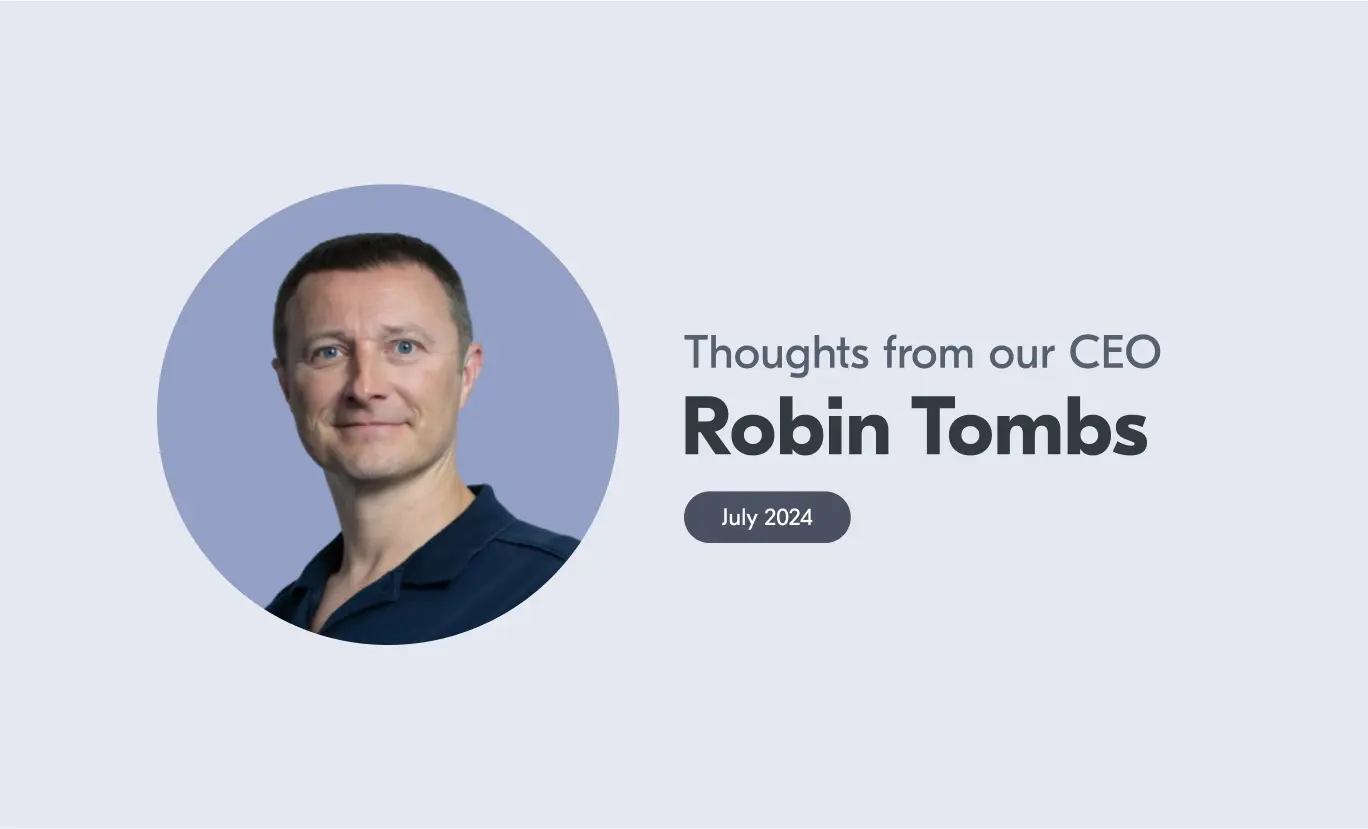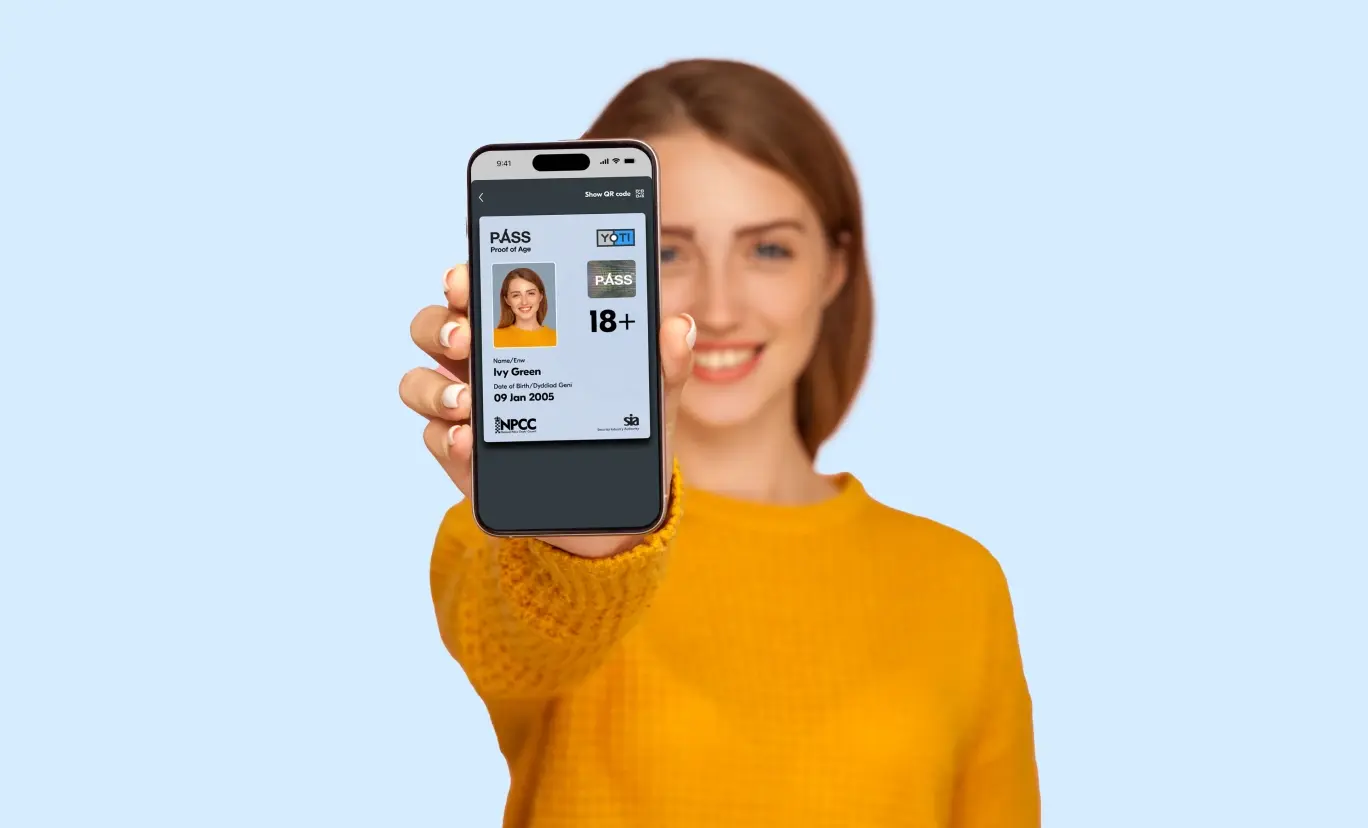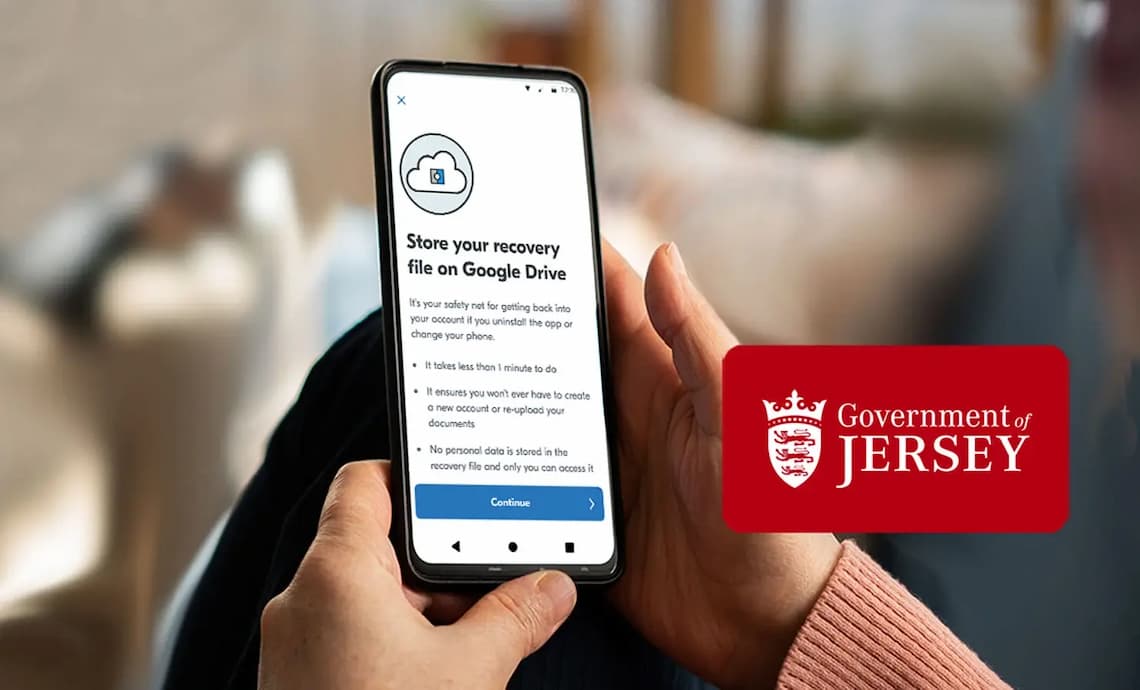Yoti
Five million UK Digital ID downloads
Today, we’re excited to announce that five million of you in the UK have downloaded a Digital ID. We want to say a big thank you to everyone who has chosen one of our Digital ID apps. It’s a clear sign that people want an easier and more private way to prove who they are. Your Digital ID: your choice We have always believed in choice. The choice to use a digital ID and a choice in which digital ID to use. It’s one of the main reasons we, along with Post Office and Lloyds Bank, created Digital ID
Thoughts from our CEO
In this blog series, our CEO Robin Tombs will be sharing his experience, whilst focusing on major themes, news and issues in the world of identity verification and age assurance. Digital IDs have been a hot topic this month. Robin spoke to Times Radio about digital IDs and shares some more thoughts on them below. He also addresses some inaccurate claims about facial age estimation. Digital IDs are a focus for the new government The new UK government is clear that individuals should be able to use certified digital IDs to prove who they are with more businesses. This
Seven things you need to know about our Digital IDs
A Digital ID gives you an easier, smarter and safer way to prove your age or identity using your phone. Here’s seven facts about our Digital ID apps (Yoti ID, Post Office EasyID and Lloyds Bank Smart ID) to help you get the most out of your Digital ID. 1. Our Digital IDs are approved for proof of age We’ve all been there: you’re heading on a night out with friends or would like to watch a 15+ film at the cinema. But you’ve forgotten your ID. Frustrating right? With our Digital ID apps, you can prove your age
Thoughts from our CEO
In this blog series, our CEO Robin Tombs will be sharing his experience, whilst focusing on major themes, news and issues in the world of identity verification and age assurance. There’s been a lot about facial age estimation this month, with Robin talking about its use by Meta in Australia as well as our facial age estimation demo site. He also chats about Yoti’s NIST assessment and how Digital IDs can be used to combat fraud. Meta introduces facial age estimation in Australia We’re delighted Meta is rolling out Yoti’s facial age estimation on Facebook, starting in Australia.
Meet the Guardians: Dr. Sindhu Joseph
At Yoti, our Guardian Council helps us to navigate the complex world of identity. They are an independent board of advisors who act as a moral sounding board for the company. We’ve had a chat with our newest Guardian, Dr. Sindhu Joseph, to find out more about why she chose to be part of Yoti’s Guardian Council. 1) Why did you decide to join Yoti’s Guardian Council? When Yoti reached out to me to join the Guardian Council, I was fascinated by the company’s vision and what Yoti is trying to achieve, particularly from a company-building perspective. Today,
Streamline your Jersey tax returns: How to recover your Digital ID app
As the tax filing deadline approaches in Jersey, it’s time to gear up with the necessary tools for filing your returns. One such tool is the Yoti digital ID app, which offers a convenient way to verify your identity and submit your tax return online. However, many residents encounter a common hurdle: they have got a new phone or deleted the app on their current phone, only to realise they need it again to fill the latest year’s tax return. This leaves them stuck and unable to reinstall the app. But there’s a simpler solution to handle this. We’ll
